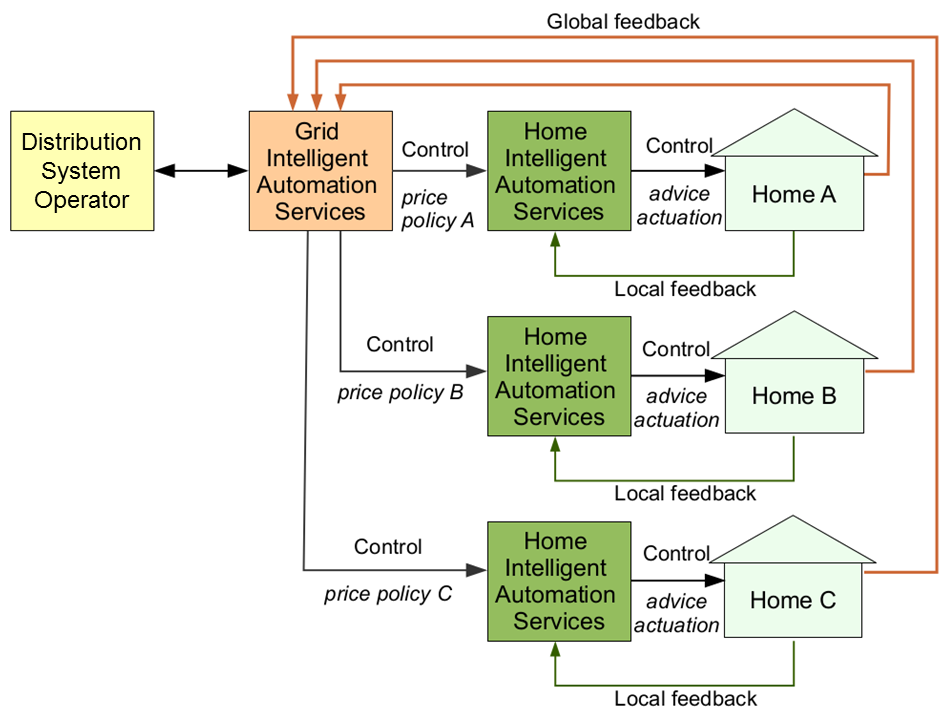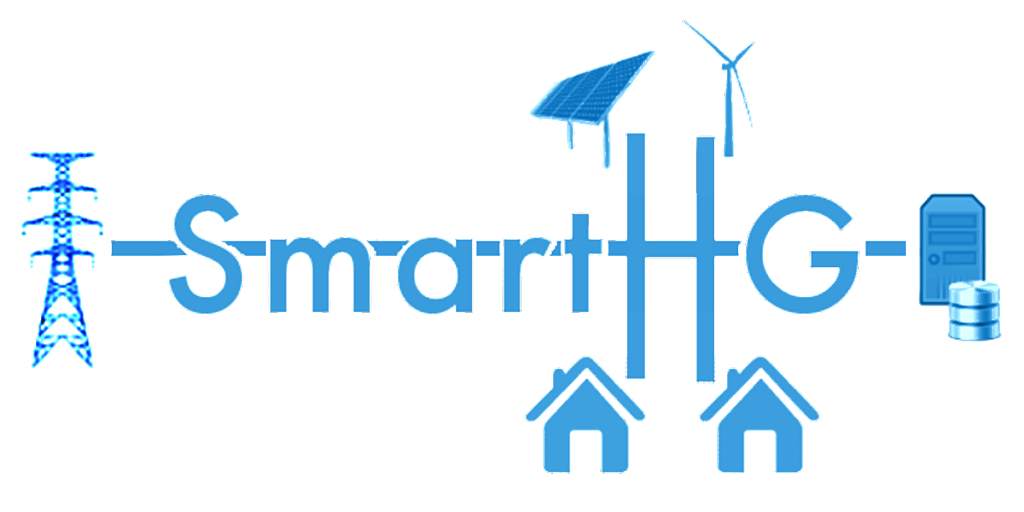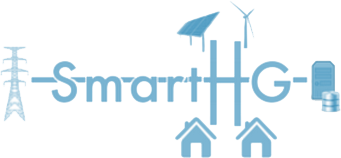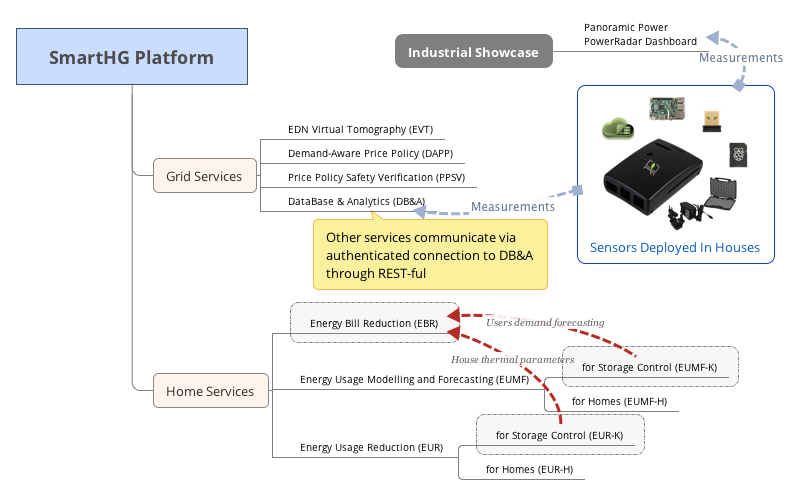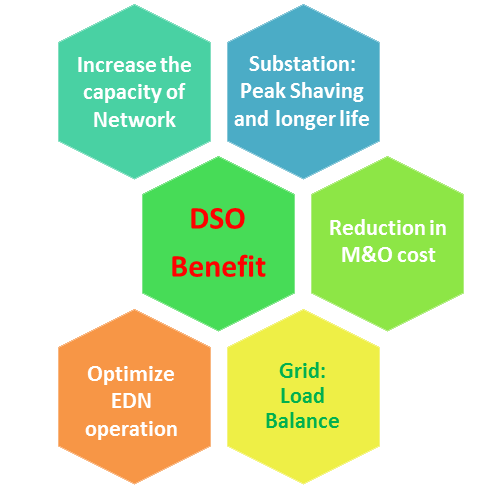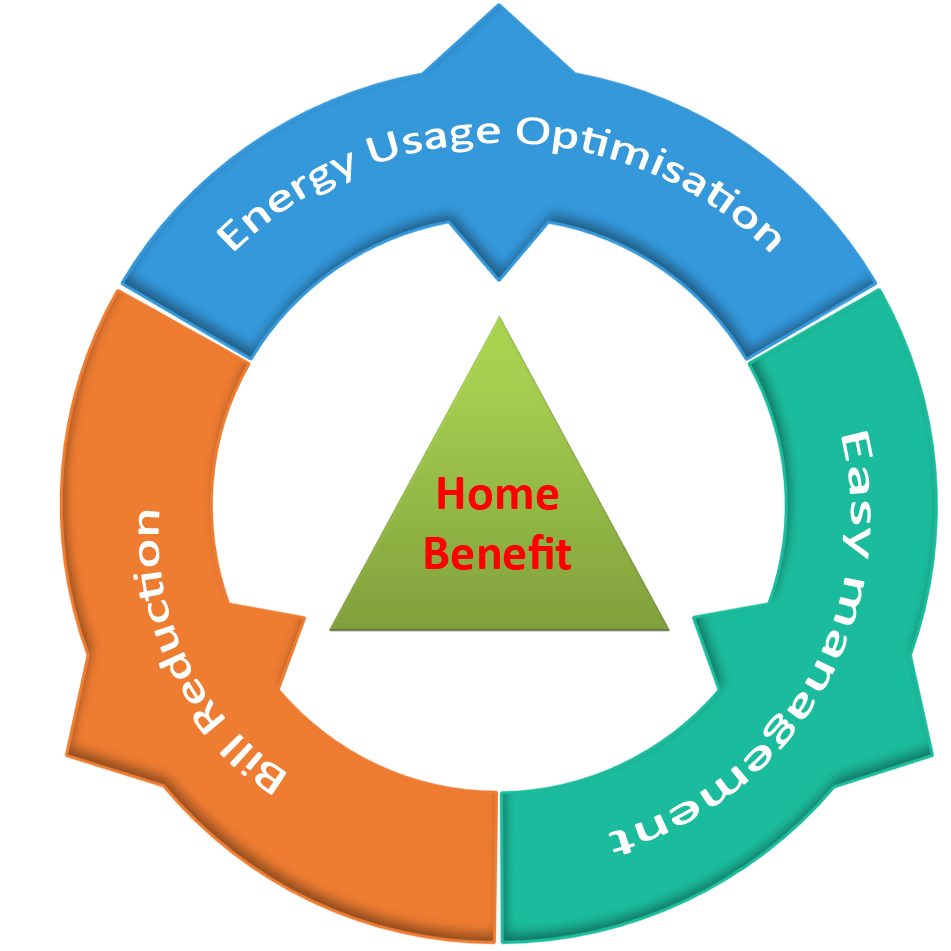The Technical Section is the place where to know everything about SmartHG Platform, Test-beds, and technical, economic and environmental evaluation of the Platform on our Test-beds.
In this page we describe our SmartHG Platform. Links to integrated services composing our platform are available at page Links to SmartHG Services.
Generation of electrical energy from renewables (from solar or wind energy, …) is both an opportunity and a challenge. It is an opportunity since renewables provide a potential infinite source of clean energy at an economically interesting price. It is a challenge since production of such an energy cannot be directly controlled because it depends on weather conditions.
To pursue such an opportunity, smart energy management approaches are needed in order to minimize mismatch between energy production and demand on one side and to keep electrical grid operating conditions within healthy bounds (e.g., to reduce wearing of transformers) on the other side. Devising approaches to address the above, possibly conflicting, requirements is at the very heart of smart grid research activity.
The SmartHG project addresses both such challenges by developing the SmartHG Platform, a suite of integrated software services aiming at steering residential users energy demand in order to: keep operating conditions of the electrical grid within given healthy bounds, minimize energy costs, and minimize CO2 emissions. This is achieved by exploiting knowledge (demand awareness) of habits (as for electrical energy production/consumption) of residential users as gained from SmartHG sensing and communication infrastructure.
The SmartHG Platform consists of a set of integrated software services supporting management of the Electric Distribution Network (EDN) (SmartHG Grid Services) as well as of the home devices (SmartHG Home Services) along with a communication infrastructure enabling reliable and secure communication among such services. SmartHG approach consists of a two-tier hierarchical control schema. At the top tier, the Distribution System Operator (DSO) sets operational constraints for the EDN and gets from the SmartHG Platform (Grid Services) a power profile (i.e., power constraints) for each residential user. At the bottom tier, the SmartHG Platform (Home Services) monitors and control home devices in order to keep at each time the home power demand within its power profile.
